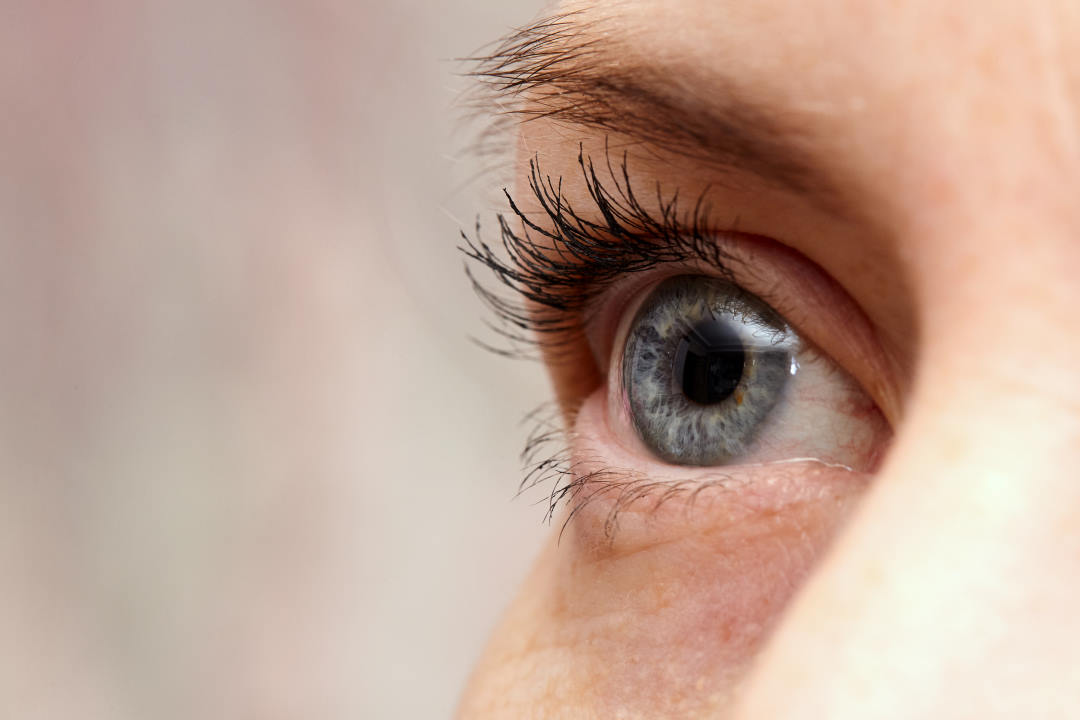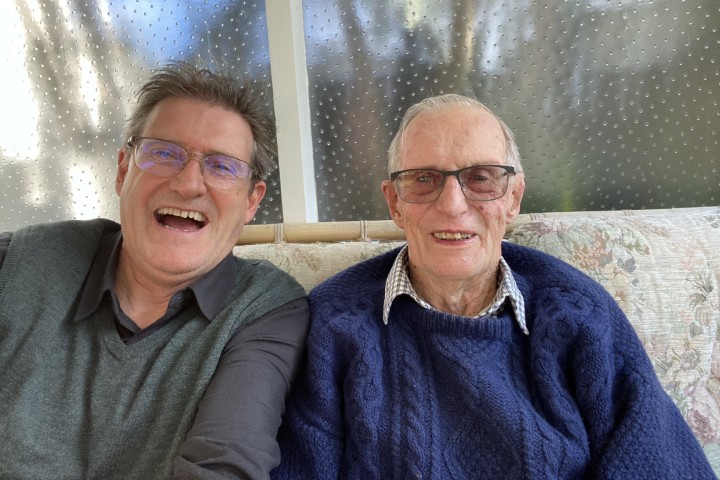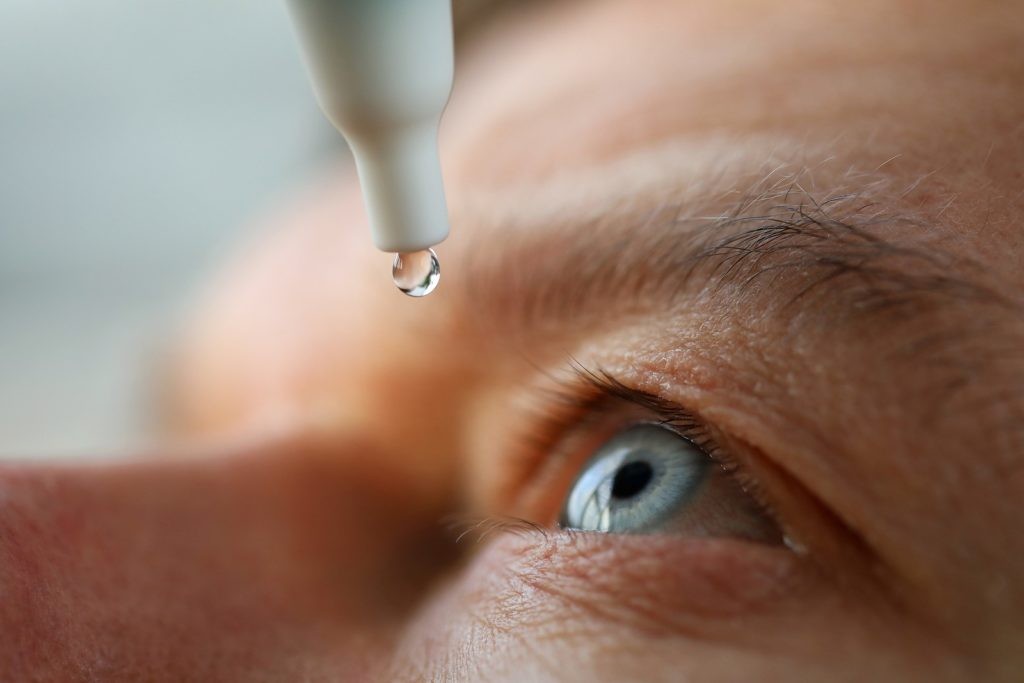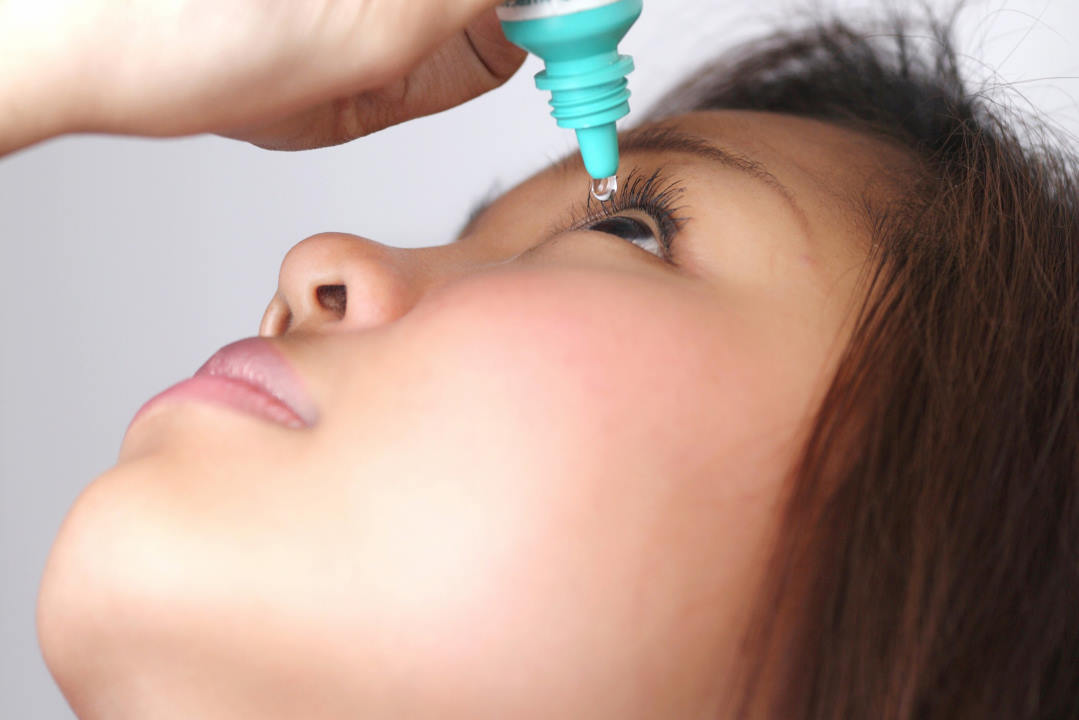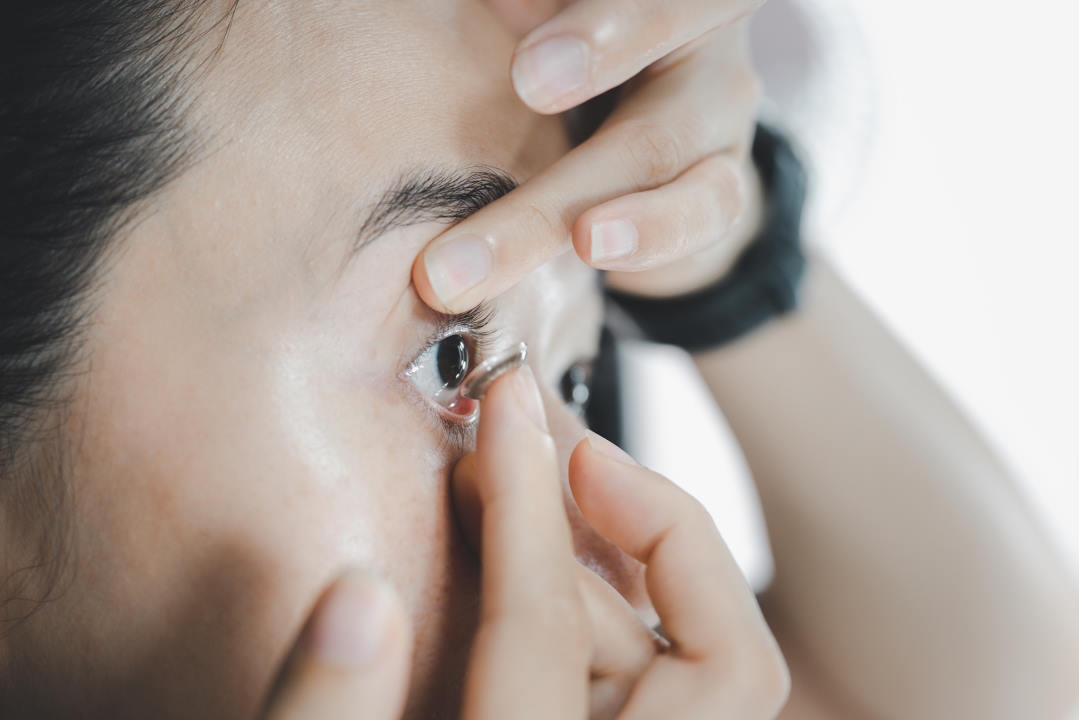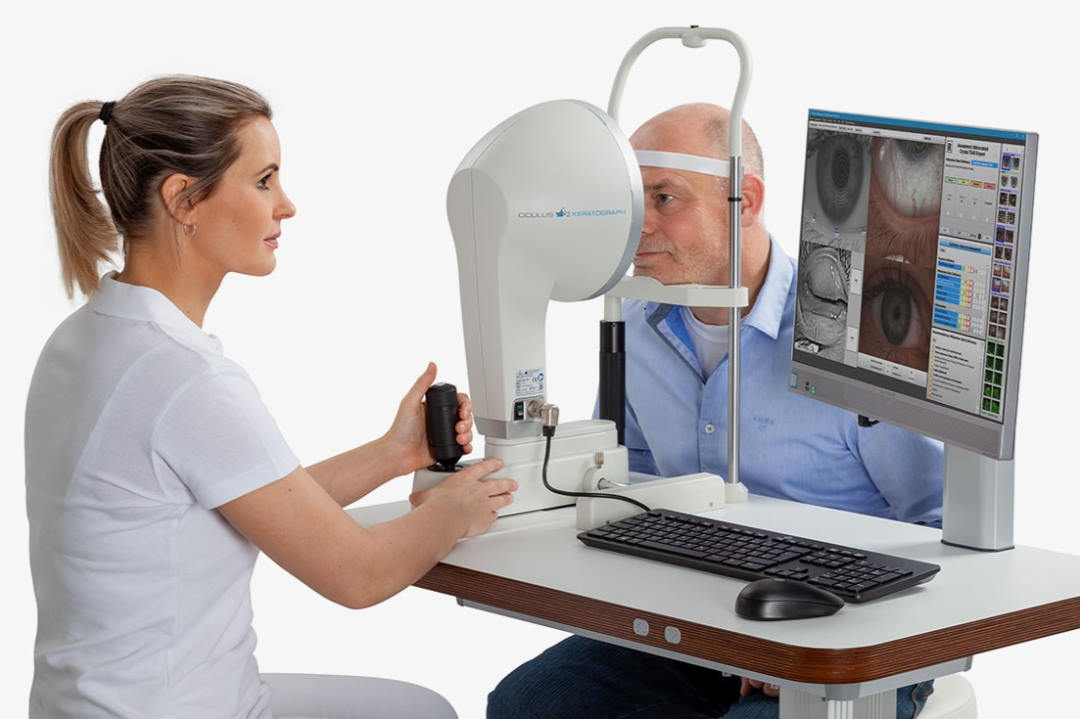Lid margin sensitivity – a diagnostic predictor for DED?
Corneal nerve function can be assessed by measuring the sensitivity of the cornea in a technique termed aesthesiometry. Historically this was conducted with a Cochet-Bonnet aesthesiometer, a small hand-held device with a protruding nylon thread, the end of which is applied to the cornea to determine if contact is detected by the patient. If a subjective response to sensation is not elicited, the nylon thread is progressively shortened (making it stiffer) until sensation is detected.
Quite understandably, there has been a drive towards developing techniques for measuring corneal sensitivity that are less invasive and don’t risk damaging what can often be a compromised corneal epithelium. The Ocular Surface Laboratory (OSL) at the University of Auckland uses one such non-contact aesthesiometer (SDZ Electronics) in a number of its studies¹. With Dr Michael Wang as lead author, the OSL has recently published an article that takes a look at how useful corneal and lid margin sensitivity measures are when it comes to detecting dry eye disease (DED)².
This study involved 87 prospectively recruited community residents in whom DED symptoms and signs were collected to allow a dry eye diagnosis (according to the TFOS DEWS II diagnostic criteria) to be made. Corneal and lid margin sensitivity measures with the non-contact aesthesiometer were collected by a masked investigator. Dry eye (display of both signs and symptoms) was diagnosed in 56% of participants, with 66% reporting symptoms and 77% exhibiting clinical signs of dry eye disease. Within these participants, corneal and lid margin sensitivity measurements were found to most closely align with clinical signs of DED and not with symptoms or with the overall disease diagnosis that includes signs and symptoms. The optimal cut-off to detect clinical signs of DED was ≥0.8mbar for both lid margin and corneal sensitivity. Interestingly, lid margin sensitivity performed better than corneal sensitivity and showed statistically significant correlation with tear film stability, corneal, conjunctival and lid-wiper staining.
These results show that, measured non-invasively, both corneal and lid margin sensitivity have diagnostic potential in ocular surface disease, suggesting there may be value in including non-invasive sensitivity measurements as a component of a clinical DED or neurotrophic keratopathy assessment.
Disclosure: the non-contact aesthesiometer used within the OSL and other research centres globally was designed and built by Dr Simon Dean, consultant ophthalmologist, ophthalmic electronics design specialist and husband of Professor Jennifer Craig.
References
- Swanevelder SK, Misra SL, Tyler EF, McGhee CN. Precision, agreement and utility of a contemporary non-contact corneal aesthesiometer. Clin Exp Optom 2020;103(6):798-803.
- Wang M, Meyer J, Xue A, Power B, Craig J. Predictive performance of corneal and lid margin sensitivity for dry eye disease: an investigator-masked, prospective, prognostic accuracy study. Ocul Surf. 2024 Jul;33:11-15.
Professor Jennifer Craig was chair of the TFOS Lifestyle Workshop and vice-chair of TFOS DEWS II. She is head of the OSL in the Department of Ophthalmology at the University of Auckland.









